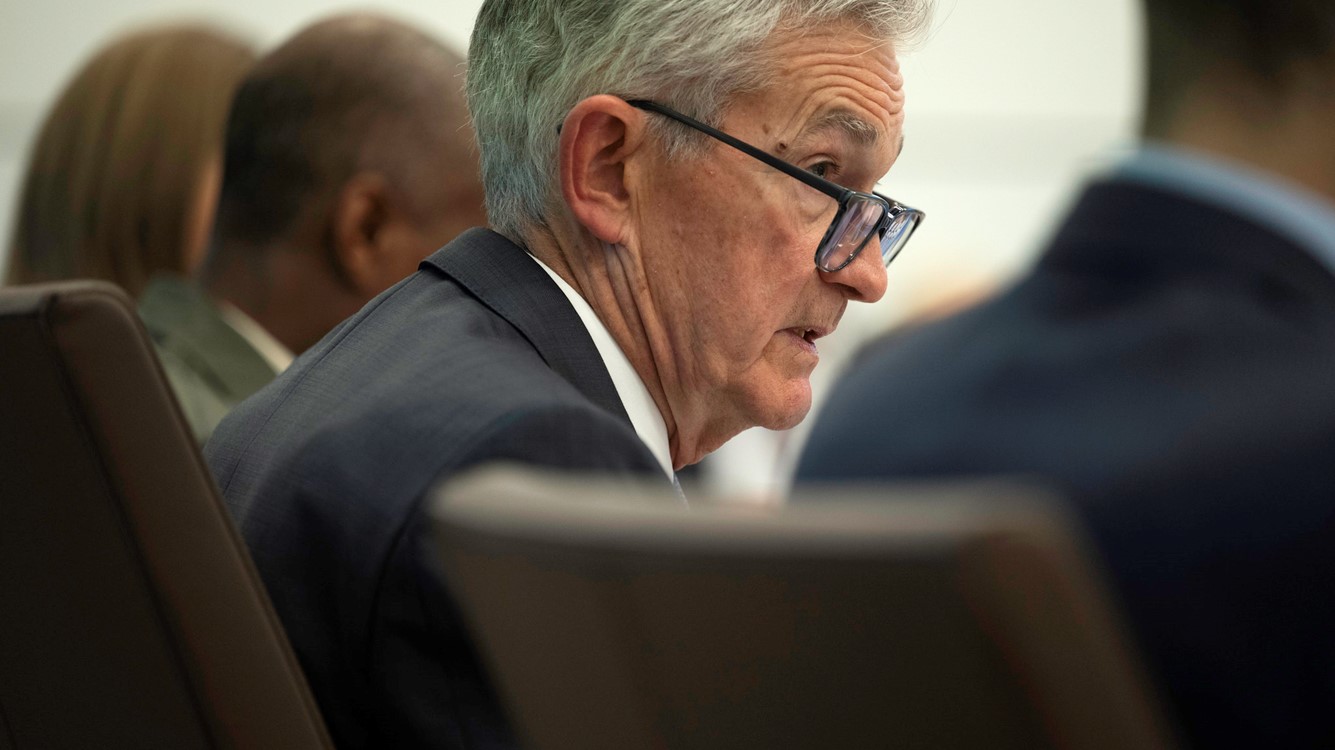Monetary policy purgatory
Data since the Fed's last meeting has come in hotter.

April 26, 2024
The Federal Open Market Committee (FOMC) is expected to vote to keep rates in the current target range of 5.25% to 5.5% at the conclusion of the meeting on 1 May. The key question is how far the Fed will want to go to shift the tenor of the debate, from when to whether the Fed will cut at all this year. Data since the Fed's last meeting has come in hotter than expected and reinforced the Fed's "higher for longer" mantra. Some have even argued that no rate cuts may come in 2024, which raises the question of whether the Fed has reached a peak in rates.
The key line in the Fed's statement from the March meeting was "The Committee does not expect it will be appropriate to reduce [emphasis added] the target range until it has gained greater confidence that inflation is moving sustainably toward 2 percent."
The word "reduce" is particularly problematic, given the shift by a minority within the Fed to remove all cuts from their baseline. Presidents Raphael Bostic and Neel Kashkari of the Atlanta and Minneapolis Federal Reserves are in that camp. Bostic is a voting member this year and could vote to dissent if the line is left as it is.
More importantly, New York Fed President John Williams, who also serves as the Vice Chair of the FOMC, would not rule out a hike in rates if the data warranted, even though that is not his base case. The need for optionality on the direction of rates could prompt the Fed to tweak that language to be more balanced between a possible cut and hike in rates.
Separately, the Fed is weighing the pace of its balance sheet runoff. The Fed wants to slow the pace of Treasury bonds maturing and rolling off its balance sheet. The goal is not to lift its foot from the brake but to make sure the Treasury bond market has enough liquidity to avoid seizing while the Fed's balance sheet continues to shrink. We could see some guidance on how and when the Fed intends to slow that pace as soon as May, for execution in June.
The topic was on the agenda at the March meeting. Any adjustments that the Fed makes to the pace at which its balance sheet shrinks will focus only on its Treasury holdings. The Fed has not been able to hit its targets to reduce its mortgage-backed securities, which it would like to see continue to shrink. Eventually, the Fed wants to get out of the business of holding mortgage-backed securities.
Just how far the Fed goes toward resetting market expectations, which have already scaled back their pricing of rate cuts significantly, is the key issue. Financial markets are currently on the fence between one and two rate cuts this year.
There are three issues for the Fed:
- Can the drop in goods prices that we saw as supply chains healed last year persist? Supply chains have healed but remain much more fragile than they were pre-pandemic, as evidenced by the backlogs due to problems in the Suez and Panama canals.
- Can shelter costs cool and stay down given acute shortages and the ongoing demand from the aging of millennials into their peak home buying years? We have the largest generation of adults in their thirties who want to buy.
- Is the recent acceleration in prices in the service sector excluding shelter a one-off event or the sign of a more systemic problem in the labor market? Shortages of mechanics and medical professionals remain common, despite a rise in participation in the labor market and some cooling of wage gains.
In response, the Fed is left in a sort of monetary policy purgatory, not quite sure it has done enough to derail inflation and cut rates; a further acceleration in inflation would force the Fed to consider additional rate hikes. The threshold to cut rates is still lower than that to raise rates.
The Fed is ... not quite sure it has done enough to derail inflation and cut rates.
Diane Swonk, KPMG Chief Economist
Explore more

Debate likely to flare in March
Doves worry that the Fed could overshoot on hikes.

KPMG Economics
A source for unbiased economic intelligence to help improve strategic decision-making.

A supply drought
Housing, inflation & the Fed
Subscribe to insights from KPMG Economics
KPMG Economics distributes a wide selection of insight and analysis to help businesses make informed decisions.
Meet our team

